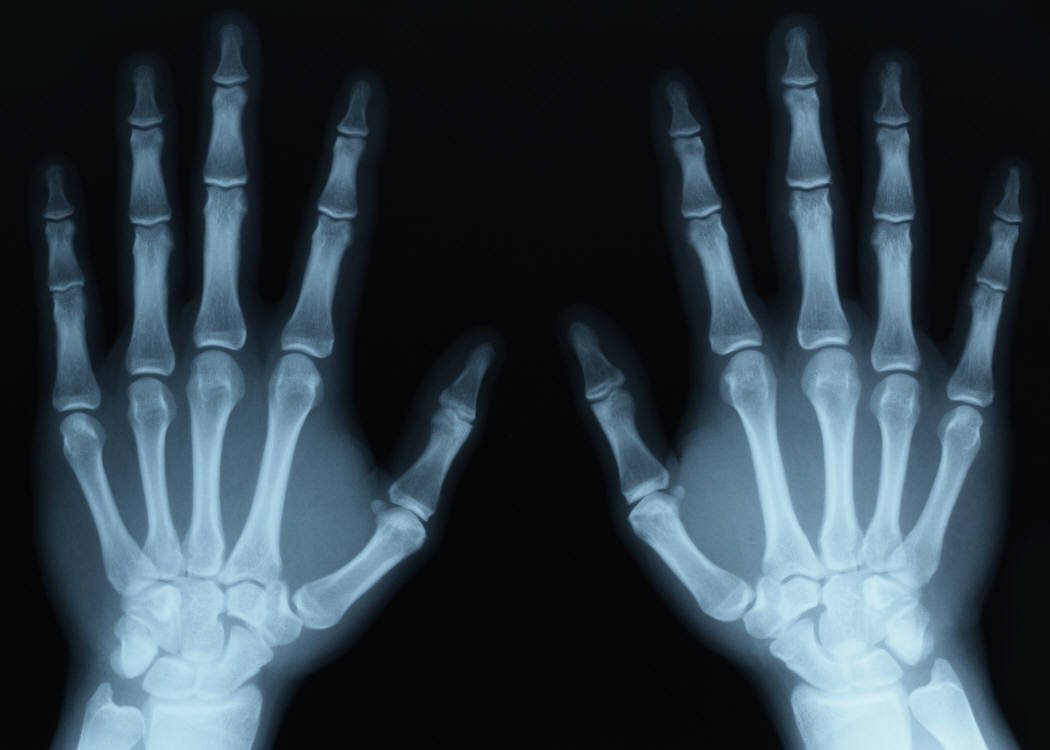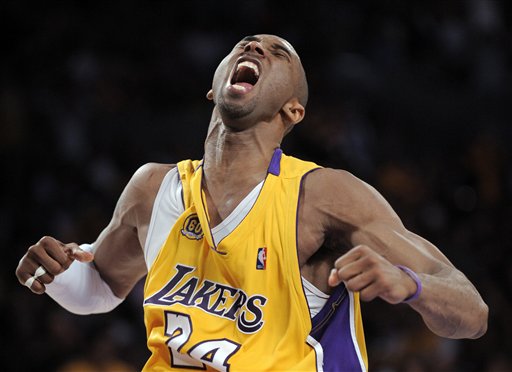A Post-it note is a piece of stationery with a re-adherable strip of adhesive on the back, designed for temporarily attaching notes to documents and other surfaces. Although now available in a wide range of colors, shapes, and sizes, Post-it notes are most commonly a 3-inch (76 mm) square, canary yellow in color. A unique low-tack adhesive allows the notes to be easily attached and removed without leaving marks or residue, unless used on white boards.
Post-it notes were invented by 3M's Art Fry, using an adhesive developed by a colleague, Spencer Silver. Until the 1990s, when the patent expired, they were produced only in the 3M plant in Cynthiana, Kentucky. Although other companies now produce sticky or repositionable notes, most of the world's Post-it Brand notes are still made in Cynthiana.
The term "Post-it" and the canary yellow color are trademarks of 3M. Accepted generic terms for competitors include "sticky notes", "repositionable notes", and "repositional notes". To take advantage of the success of the brand, 3M manufactures other products related to the Post-it concept.
Post-it notes were invented by 3M's Art Fry, using an adhesive developed by a colleague, Spencer Silver. Until the 1990s, when the patent expired, they were produced only in the 3M plant in Cynthiana, Kentucky. Although other companies now produce sticky or repositionable notes, most of the world's Post-it Brand notes are still made in Cynthiana.
The term "Post-it" and the canary yellow color are trademarks of 3M. Accepted generic terms for competitors include "sticky notes", "repositionable notes", and "repositional notes". To take advantage of the success of the brand, 3M manufactures other products related to the Post-it concept.
In 1968, Dr. Spencer Silver, a chemist at 3M in the United States, accidentally developed a "low-tack", reusable, pressure sensitive adhesive. For five years, Silver promoted his invention within 3M, both informally and through seminars, but without much success. In 1974, a colleague of his, Art Fry, who had attended one of Silver's seminars, came up with the idea of using the adhesive to anchor his bookmark in his hymnbook. Fry then developed the idea by taking advantage of 3M's officially sanctioned "permitted bootlegging" policy.
3M launched the product in 1977, but it failed, as consumers had not tried it. A year later, 3M issued free samples to residents of Boise, Idaho, and 90 percent of the people who tried them said that they would buy the product. By 1980, the product was being sold nationwide in the US; in 1981 Post-its were launched in Canada and Europe.
In 2003, the company came out with Post-it Brand Super Sticky notes, with a stronger glue that adheres better to vertical and non-smooth surfaces.
Standard Post-it Brand notes have only partial adhesive coating on the back, along one edge. Similar products are used for specialized purposes with full adhesive coating; the US Post Office uses such yellow address labels to forward mail.
The yellow color was chosen by accident; a lab next-door to the Post-it team had scrap yellow paper, which the team initially used.
Post It US patent (Glue formula): http://www.google.com/patents?id=tPIrAAAAEBAJ&printsec=abstract&zoom=4#v=onepage&q&f=false
Post It Canadian patent (Pressure sensitive adhesives):
http://v3.espacenet.com/publicationDetails/originalDocument?CC=CA&NR=961198&KC=&FT=E
http://en.wikipedia.org/wiki/Post-it_note




































































